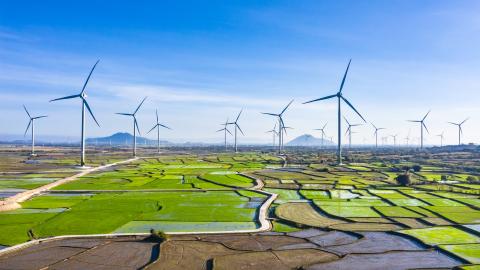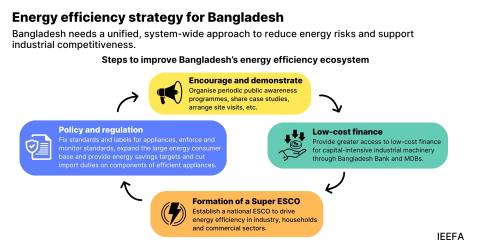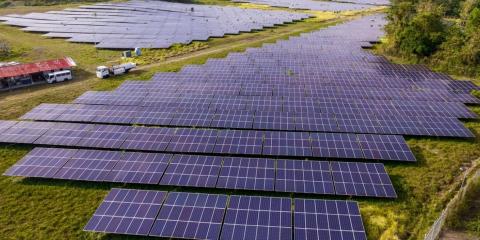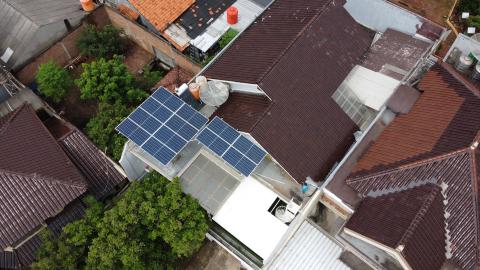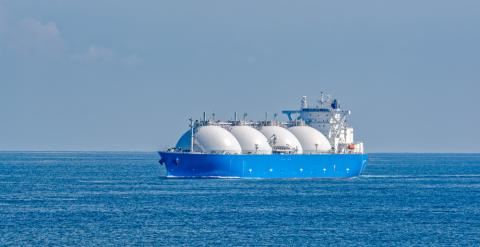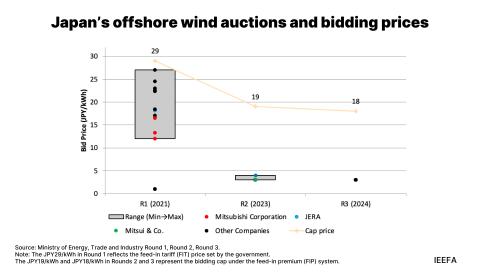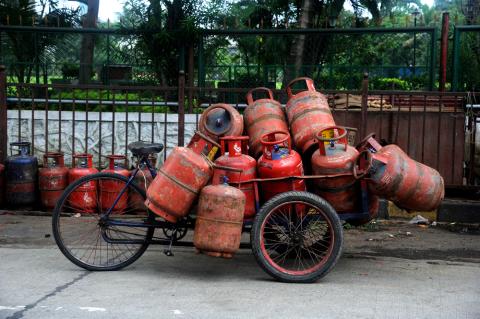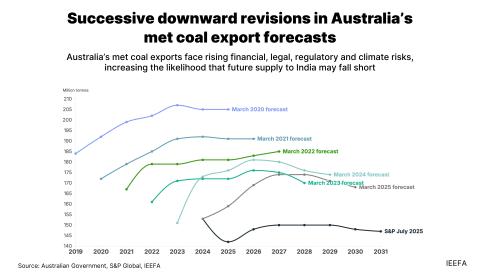Financing trends in the rooftop solar Commercial and Industrial (C&I) segment in India
Download Full Report
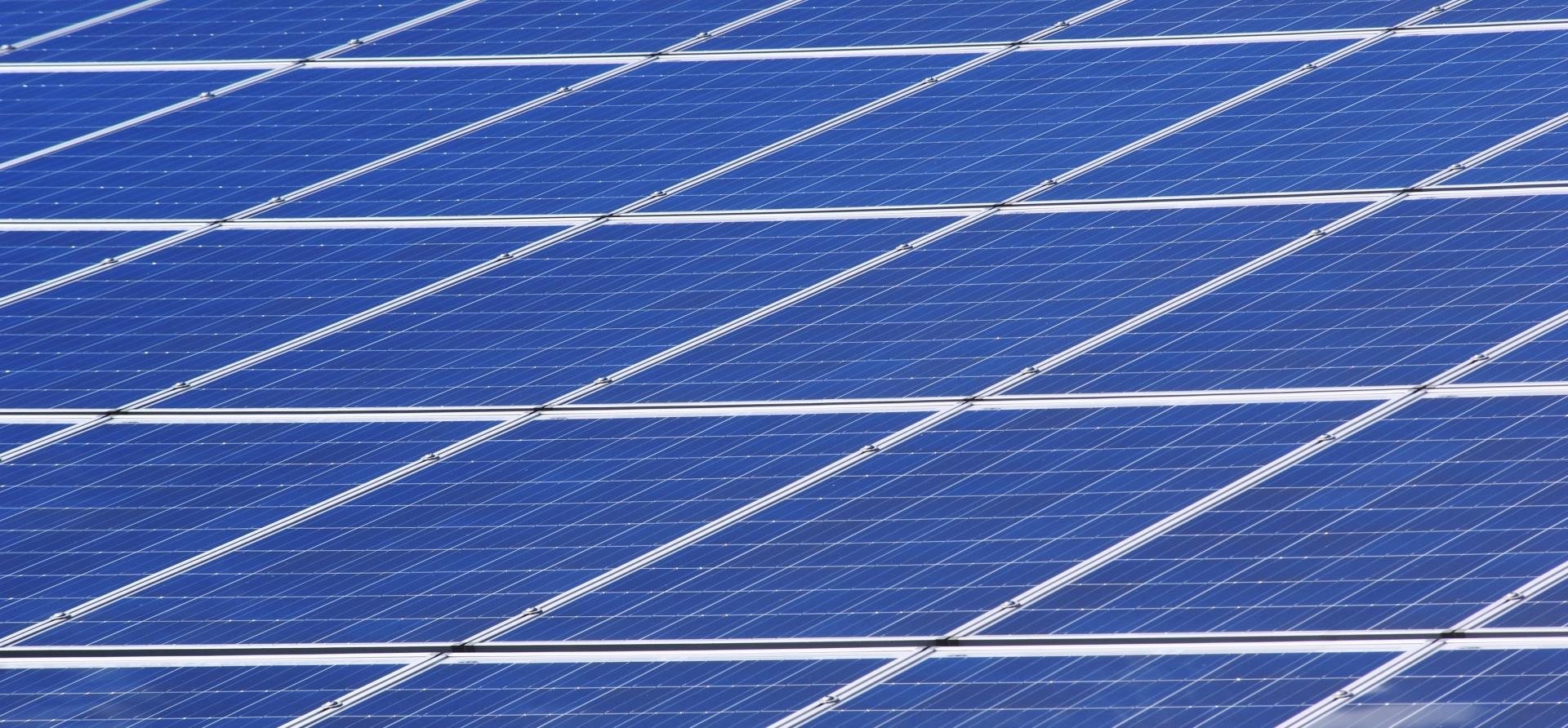
Key Findings
Accessible financing is a prerequisite to drive growth in the rooftop commercial and industrial (C&I) solar market in India.
There are many barriers when it comes to financing Micro, Small and Medium-sized Enterprises MSMEs).
Executive Summary
Accessible financing is a prerequisite to drive growth in the rooftop commercial and industrial (C&I) solar market in India. Presently, this segment accounts for almost 75% of the total rooftop solar installations in India with annual additional installations of 1.3 gigawatts (GW) to 1.8GW in the last few years (Figure 1.1). There are four ways to access funds for rooftop solar installations:
- Equity investments;
- Debt capital;
- Mergers & acquisitions; and
- Loans or concessional credit lines.
Since 2015, rooftop solar project developers have raised more than US$2 billion, 48% (US$985 million) of which came from equity funding and 29% (US$599 million) from debt. Approximately 45% of these investments have been raised within the first eight months of 2021 alone, indicating a significant growth trend ahead. Almost all (99%) equity investments in this sector came from foreign entities looking to tap the Indian market, given the high growth potential and healthy return on equity (ROE).
There are many barriers when it comes to financing MSMEs.
Over the last five years, a majority of the funds raised through equity and debt routes has been concentrated within four active players in the segment: Amplus, Fourth Partner, CleanMax and CleanTech. While the four players have been successful in raising funds for their projects and sustaining their business, the sector has seen many major players including Statkraft India, Sterling & Wilson and Azure Power exit the market due to shrinking margins and regulatory setbacks by distribution companies (discoms).
For players who are not able to raise equity or debt investments, raising funds via loans from banks or non-banking financing companies (NBFC) is another possible route. In the past, by virtue of being a nascent technology in the Indian context, banks were reluctant to finance rooftop solar projects due to perceived risks, while NBFCs offered loans with high interest rates, making rooftop solar an unviable option. To combat this, several development agencies are tapping the market via nationalised banks and NBFCs to improve access to affordable financing options, while promoting the use of clean energy. The US$625 million World Bank-State Bank of India (SBI) credit line and the Green Climate Fund (GCF)-Tata Cleantech credit lines are two major lines of debt funding that specifically target the rooftop solar sector in India.
In terms of funding allocated to developers, projects commissioned under the operating expenditure (OPEX) business model are given preference. The OPEX model accounts for only 10% to 15% of the total number of borrowers. In terms of quantum of loan, however, the share of OPEX is as high as 80% to 85%, due to the large project sizes that translate to larger loan sizes. Of the cumulative ~2 GW of OPEX rooftop solar installations in India, almost 40% of these installations are financed via the two biggest concessional credit lines—the World Bank-SBI credit line and the GCF-Tata Cleantech line.
With a limited number of good, creditworthy customers having ratings above BBB+, this segment is becoming saturated, resulting in reduced demand that has led major developers to look at foreign markets with potential growth opportunities. These developers have also started building projects through offsite open-access private solar parks to cater to the C&I segment.
On the other hand, Micro, Small and Medium-sized Enterprises (MSMEs) and residential customers still remain untapped, and hence offer huge growth opportunities. However, there are many barriers when it comes to financing MSMEs, such as lack of creditworthiness, lack of collateral, long-term uncertainties, and reluctance of renewable energy service companies (RESCOs) to work with MSMEs due to these uncertainties.
To address these barriers, innovative steps have been taken by the World Bank with its upcoming first-loss guarantee fund and the U.S. Agency for International Development (USAID) with a US$41 million credit line, both of which are discussed in this report. Based on our analysis, this report lays out recommendations for stakeholders and policymakers to make rooftop solar a more viable and attractive option. Some of these recommendations include:
- Regulations across states need to be consistent and should be implemented from a long-term perspective.
- Favourable state policies and incentives targeting MSMEs can help make rooftop solar an attractive option to MSME customers.
- Discoms should consider offering lease or power purchase agreement (PPA) services at a lower cost than the private sector because of synergies in marketing, sales operations and large customer base, which can lower customer acquisition costs.
- Document verification and other compliance needs to be streamlined/ made online by big lenders such as SBI to ensure a quick turnaround time for rooftop solar loan disbursal for corporates.
- Aggregating smaller projects by developers and engineering, procurement and construction (EPC) contractors to create a large portfolio can help ensure affordable financing by virtue of larger volumes.




